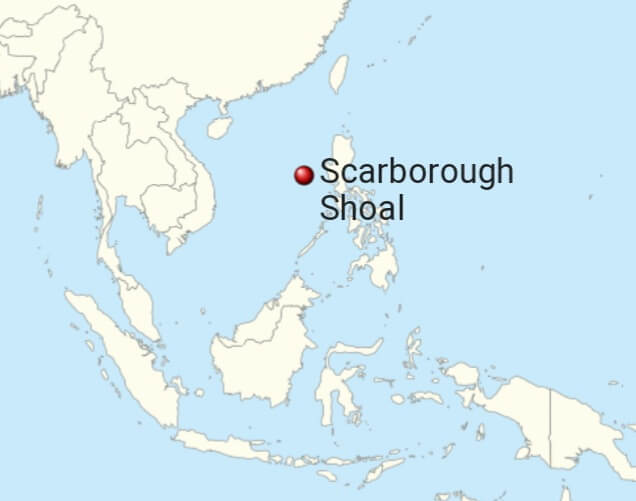
Introduction

In light of recent developments in the South China Sea, particularly the installation of a floating barrier at the entrance of Scarborough Shoal, our ongoing coverage seeks to delve deeper into the escalating maritime tensions between the Philippines and China. This strategic waterway, vital for international trade and rich in natural resources, continues to be a flashpoint in regional geopolitics, affecting not just the immediate stakeholders but also global maritime norms and security.
Following Our Coverage
Building on our previous discussions around the strengthening of maritime alliances and the pivotal role of the U.S. Navy in maintaining a balance of power in the Indo-Pacific, today’s focus shifts to a more granular incident that epitomizes the complexities of sovereignty disputes in these waters.
The recent satellite imagery revealing a floating barrier, presumably installed by China, at a critical juncture of the Scarborough Shoal, underscores the tactical maneuvers being employed to assert territorial claims.
Why Should Americans Care
The South China Sea is a linchpin in global maritime trade, with a significant portion of the world’s commerce transiting through its waters. Any disruption or militarization in this region poses a direct threat to international shipping routes, potentially escalating into broader conflicts that could involve U.S. interests and allies. Moreover, the principles at stake, including freedom of navigation and adherence to international law, are foundational to the global maritime order that the United States has long championed.
Implications for the U.S. Navy
For the U.S. Navy, these developments represent both a challenge and a call to action. Ensuring freedom of navigation in the South China Sea requires not just a robust naval presence but also a nuanced strategy that balances deterrence with diplomatic efforts to de-escalate tensions. The situation at Scarborough Shoal, and the broader territorial disputes in the region, test the U.S. Navy’s capability to uphold international norms, support allies, and engage in a strategic competition with China.
This independent story not only continues our coverage of the critical issues at play in the South China Sea but also highlights why these developments matter to Americans and the implications for U.S. naval strategy. By focusing on a specific incident within the larger narrative, we aim to provide our readers with a clearer understanding of the stakes involved and the importance of sustained attention and engagement with maritime security issues.

